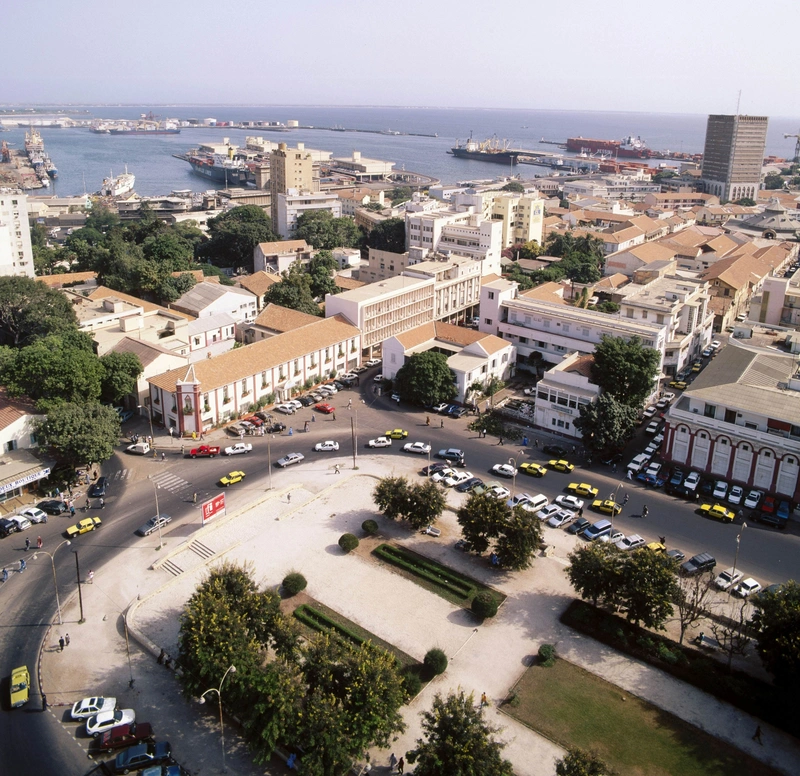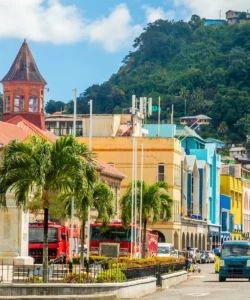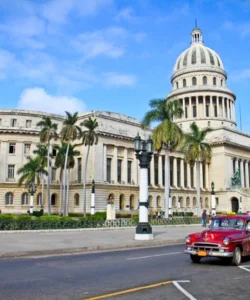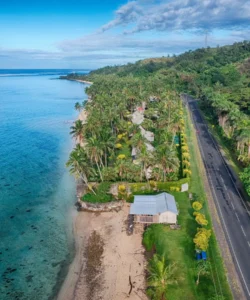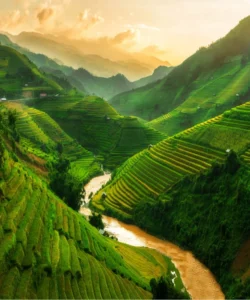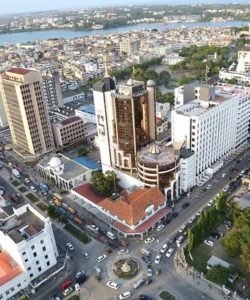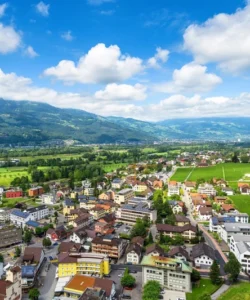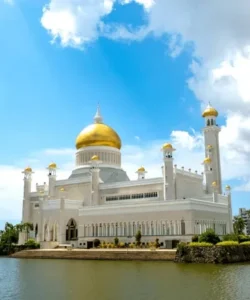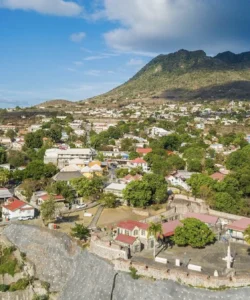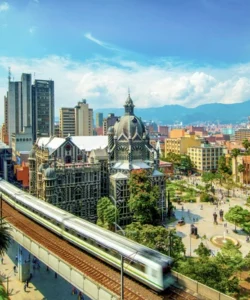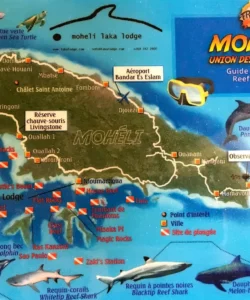Senegal, a vibrant West African nation, offers a rich tapestry of culture, history, and natural beauty.
![]()
Area & Population:
Senegal covers an area of approximately 196,712 square kilometers (75,951 sq mi). As of 2023, its population is estimated to be around 18 million people.
Capital & Major Cities:
The bustling capital city is Dakar. Other major cities include Touba, Pikine, Thiès, M’Bour, Kaolack, Ziguinchor, Rufisque, and Saint-Louis.
Language:
While French is the official language, it’s primarily spoken as a second language by a minority. Wolof is the most widely spoken language, serving as a lingua franca for 72% of the population and as a first language for 50%. Other national languages include Pular, Serer, Mandinka, Soninke, and Jola-Fony.
Currency:
The official currency of Senegal is the CFA Franc XOF (Franc of West African Communities). Euros and US dollars can be exchanged in major cities, banks, and some hotels.
Religion:
Senegal is predominantly Muslim, with about 97.2% of the population identifying as such. Most Muslims are Sunni and belong to various Sufi brotherhoods. Christians, mainly Catholics, make up a smaller percentage (around 2.7%), and traditional beliefs are also present. Senegal is known for its religious tolerance.
Attractions & Wonders:
Senegal boasts a diverse range of attractions:
- Gorée Island: A poignant UNESCO World Heritage site, it served as a major slave trading post and offers a powerful historical journey.
- Lake Retba (Lac Rose): Known as the “Pink Lake,” this natural wonder gets its striking color from a type of algae and is famous for its salt harvesting.
- Djoudj National Bird Sanctuary: A UNESCO World Heritage Site and a haven for millions of migratory birds, particularly waterbirds, located in the Senegal River delta.
- African Renaissance Monument (Dakar): A towering bronze statue symbolizing African hope and progress.
- IFAN Museum of African Arts (Dakar): Showcases an extraordinary collection of West African artifacts.
- Niokolo-Koba National Park: A UNESCO World Heritage Site known for its wildlife, including lions, elephants, and various antelope species.
- Saloum Delta National Park: A beautiful delta region with mangrove forests, islands, and rich biodiversity, also a UNESCO site.
- Stone Circles of Senegambia: Mysterious ancient megalithic structures scattered across the countryside.
- Lompoul Desert: Offers orange sand dunes resembling the Sahara.
- Bandia Reserve: A private nature reserve where you can spot giraffes, rhinos, and various antelopes.
- Îles de la Madeleine National Park: Uninhabited islets off the coast of Dakar known for their unique rock formations, birdlife, and cultural significance.
Architecture:
Senegalese architecture reflects a blend of influences, from pre-colonial traditional styles using mud, wood, and stone to colonial-era French elements, and contemporary designs incorporating concrete, steel, and glass. You’ll find traditional mud-brick homes, ornate religious buildings like mosques and churches, and modernist structures. Bio-climatic design principles are also evident, with features like courtyards and trellised panels to adapt to the climate.
Roads:
Most main roads in Senegal are generally in relatively good condition for daytime driving. However, smaller roads can be poor by international standards, and during the rainy season, many may only be passable with four-wheel-drive vehicles.
Hotels:
Senegal offers a range of accommodation options, from luxurious resorts to budget-friendly guesthouses. Popular choices include the Royal Saly (seaside), Yaas Hotel Dakar Almadies (Dakar), Terrou-Bi, Sobo Bade, and Cafe de Rome. International chains and independent hotels are available, particularly in Dakar and major tourist areas.
Restaurants & Cuisine:
Senegalese cuisine is a flavorful fusion of local ingredients with French, Portuguese, and North African influences. Communal dining is a significant aspect of the culinary tradition.
- Thiéboudienne: Considered the national dish, it’s a hearty meal of fish, rice, tomatoes, garlic, onions, chili, and various vegetables like pumpkin, cassava, and eggplant, all cooked with peanut oil.
- Yassa Poulet: Chicken marinated in lemon juice and onions, then stewed.
- Mafé: A rich peanut stew often made with meat (beef or lamb) and vegetables.
- Dibi: Grilled marinated lamb, often served with onions and mustard.
- Street Food: Vibrant and popular, with snacks like Pastels (fried pastries), Fataya (fried dumplings), and Acara (bean fritters).
